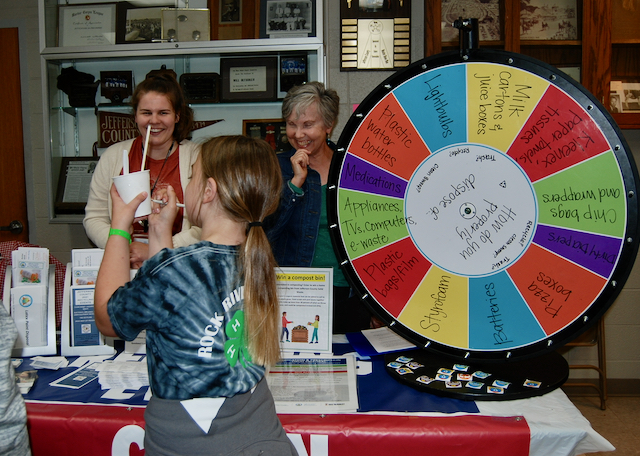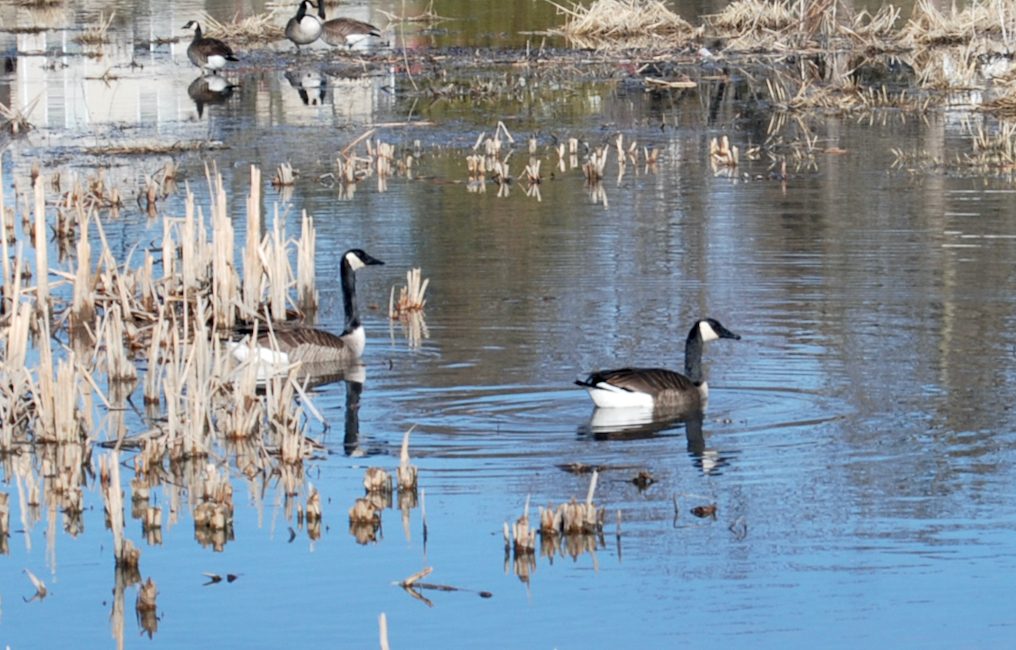By Anita Martin
While it’s been five months since avian influenza struck a commercial gamebird operation here in Ixonia, Wis., the possibility of bird flu is, unfortunately, far from gone.
During the past month, H5N1 avian influenza has been detected in wild birds in 26 states, in nearly two dozen different species. A number of these types of birds regularly inhabit our area or spend time here in Jefferson County during migration, namely Glaucous gull, Northern pintail, American widgeon, American black duck, turkey vulture, great horned owl, and mute swan.
Species impacted in the Midwest during April include Blue-winged Teal (Minnesota), American Crow (Iowa), Red-tailed Hawk (Illinois), Rough-legged Hawk (Nebraska), and mallard (North Dakota.) These feathered friends are also known to make our county their homes.
About three weeks ago, three bald eagles died from avian flu in Kewaunee County and Shawano County.
Besides birds, the virus has hit mammals last month, including a red fox in next-door Dane County. In addition to the red fox found to be infected on April 13, another red fox in Dane County was detected with the deadly virus less than three months earlier, on Jan. 23. And in Winnebago County, on Feb. 28 of this year, a North American river otter was found to be infected with the H5N1 highly pathogenic avian virus.
Elsewhere this spring in North America, a dog died in Canada (greater Toronto area) after gnawing on a dead goose that was infected with H5N1 bird flu virus. A total of six cat deaths have been reported in the U.S., most recently, three in the Midwest, with one in Nebraska, and one in Wyoming, and two earlier this year in Oregon involving cats living near domestic chickens. France also reported a cat death from avian influenza last fall.
The chances of pets dying from bird flu is currently considered very low, though it’s not a zero risk situation.
Experts are advising people with pets to:
• Avoid feeding your dogs or cats raw meat from game birds or poultry.
• Keep pets away from backyard flocks and wild birds, including waterfowl.
• Leash your dogs as needed to avoid carcasses, bird droppings, and other animal feces.
• Consider keeping your cats indoors.
• If your dog or cat develops fever, lethargy, lost appetite, seizures, etc., contact your veterinarian. Make sure to mention what he/she may have chewed on, eaten, or licked.
It’s important to note, many of the backyard flocks that have been hit with bird flu in 2022 and 2023 have been within roughly a half-mile of a water body. To minimize bird flu risks, if you have chickens, ducks, and/or turkeys that roam outdoors, keep them in an area as far away as possible from any open water. This includes spots where there’s ponding or pooling of water on yards or fields, where wildlife may congregate.
Experts are referring to the current circulating variants of the H5N1 highly pathological avian virus as “the new normal” in the United States. By that, they mean from all available information, H5N1 may be here to stay in wild birds, backyard flocks, and commercial flocks, at least for the foreseeable future.
Let’s all do our part to try to reduce the spread by staying alert, vigilantly adhering to biosecurity practices, and keeping informed on the latest precautions and developments.
For more information on the current state of Avian Influenza 2022 and 2023, visit: https://www.aphis.usda.gov/aphis/ourfocus/animalhealth/animal-disease-information/avian/avian-influenza/2022-hpai.
Anita Martin is a longtime freelance journalist whose work has appeared in such publications as the Waterloo/Marshall Courier, The Madison Times, Agri-View, Dane County Lifestyles (formerly 50 Plus Lifestyles newsmagazine), Verona Press and Wisconsin Woman magazine, covering such topics as health and wellness, and women’s and multicultural issues. More recently, she has developed an interest in such topics as environmental issues, avian influenza and other zoonotic diseases, and public health.

Anita Martin, at right, volunteers in 2021 at the Jefferson County Clean Sweep booth at the Jefferson County Fair. File photo/Kim McDarison.

Canadian geese alight on Cravath Lake, Whitewater. File photo/Kim McDarison.
This post has already been read 1303 times!
